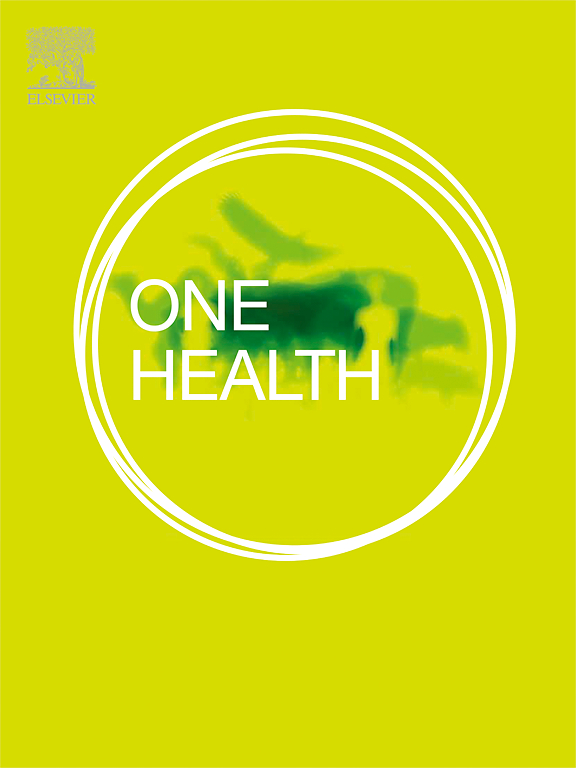Development and application of web-based and mobile tools for risk-driven rabies control in Thailand
IF 4.1
2区 医学
Q1 INFECTIOUS DISEASES
引用次数: 0
Abstract
Rabies is a life-threatening zoonotic disease, with most human cases resulting from dog-mediated transmission. In Thailand, upon the detection of an index canine rabies case, local veterinary authorities are mandated to implement ring vaccination within a 5-km radius. However, the effectiveness of this fixed control zone may vary depending on local conditions. This study developed a spatial-epidemic model to simulate rabies outbreaks in four provinces representing different regions of Thailand: Chiang Rai, Surin, Chonburi, and Songkhla. The model comprised two key components—dog movement analysis and rabies transmission simulation—and was integrated into user-friendly web-based and mobile applications. The simulated outbreak areas comprehensively covered observed outbreak locations. Designed with intuitive interfaces, the applications are accessible to local authorities without technical expertise. Additionally, users can define custom control radii if they prefer to follow traditional ring vaccination protocols. While the model's accuracy depends on the quality of the input—particularly precise dog population data—it offers a more efficient alternative to conventional fixed-radius approaches. Our customized polygonal control boundaries enable more effective resource allocation, representing a significant advancement in rabies outbreak management.
在泰国开发和应用基于网络和移动的风险驱动型狂犬病控制工具
狂犬病是一种危及生命的人畜共患疾病,大多数人间病例是由狗介导的传播造成的。在泰国,一旦发现犬狂犬病病例,地方兽医当局被授权在半径5公里范围内实施环形疫苗接种。然而,这一固定控制区的效果可能因当地情况而异。本研究建立了一个空间流行病模型,模拟了泰国清莱、素林、春武里和宋卡四个省的狂犬病暴发情况。该模型包括两个关键部分——狗的运动分析和狂犬病传播模拟——并集成到用户友好的网络和移动应用程序中。模拟爆发区域全面覆盖了观察到的爆发地点。这些应用程序具有直观的界面,无需专业技术人员也可以访问。此外,如果用户喜欢遵循传统的环形疫苗接种协议,则可以定义自定义控制半径。虽然该模型的准确性取决于输入的质量,尤其是精确的狗群数据,但它提供了一种比传统的固定半径方法更有效的选择。我们定制的多边形控制边界能够更有效地分配资源,代表了狂犬病爆发管理的重大进步。
本文章由计算机程序翻译,如有差异,请以英文原文为准。
求助全文
约1分钟内获得全文
求助全文
来源期刊

One Health
Medicine-Infectious Diseases
CiteScore
8.10
自引率
4.00%
发文量
95
审稿时长
18 weeks
期刊介绍:
One Health - a Gold Open Access journal.
The mission of One Health is to provide a platform for rapid communication of high quality scientific knowledge on inter- and intra-species pathogen transmission, bringing together leading experts in virology, bacteriology, parasitology, mycology, vectors and vector-borne diseases, tropical health, veterinary sciences, pathology, immunology, food safety, mathematical modelling, epidemiology, public health research and emergency preparedness. As a Gold Open Access journal, a fee is payable on acceptance of the paper. Please see the Guide for Authors for more information.
Submissions to the following categories are welcome:
Virology,
Bacteriology,
Parasitology,
Mycology,
Vectors and vector-borne diseases,
Co-infections and co-morbidities,
Disease spatial surveillance,
Modelling,
Tropical Health,
Discovery,
Ecosystem Health,
Public Health.
 求助内容:
求助内容: 应助结果提醒方式:
应助结果提醒方式:


